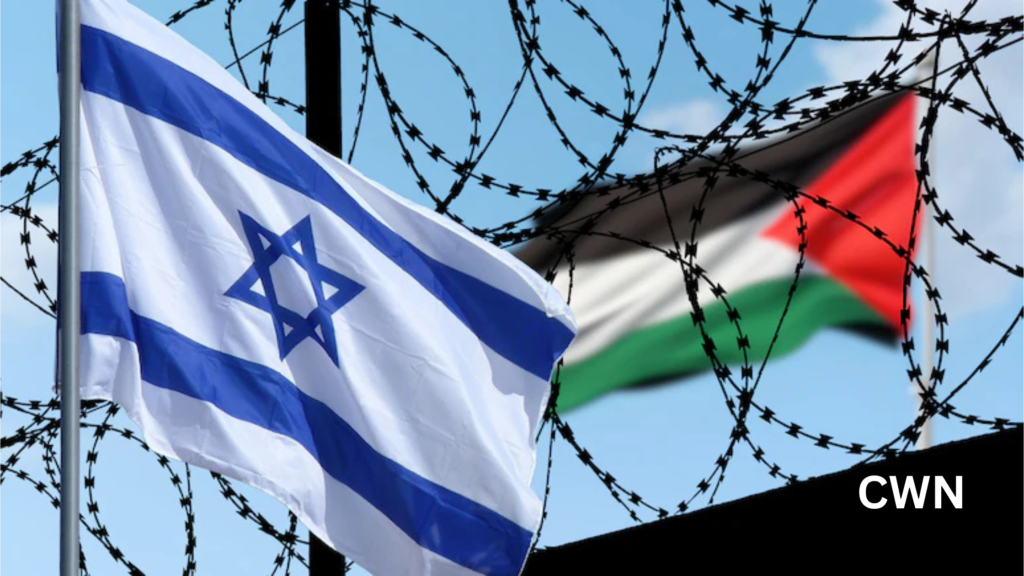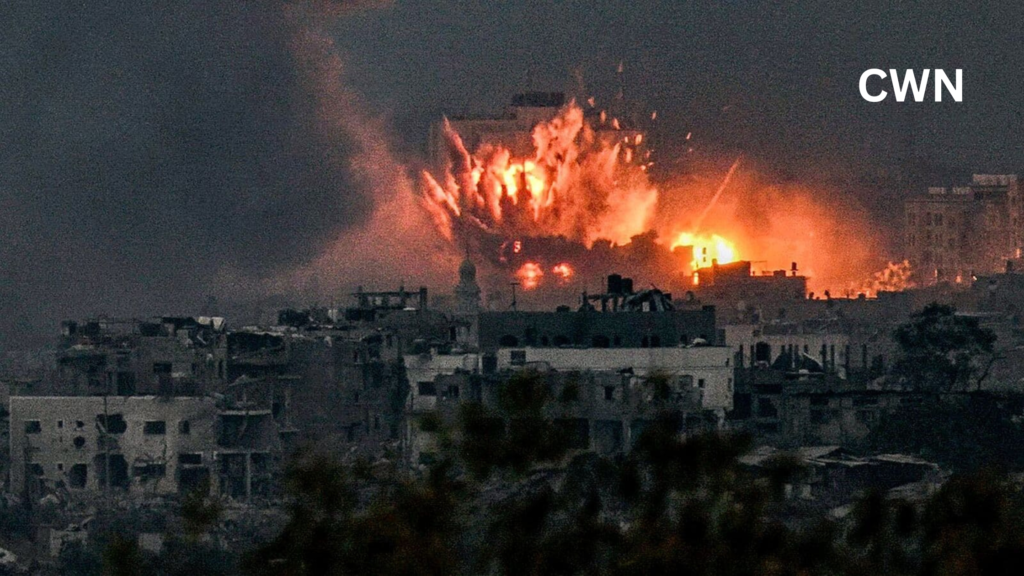The Israel-Palestine Conflict undoubtedly is one of the most complex and enduring geopolitical issues in modern history. It spans over a century and has had profound implications for the Middle East and the wider world. This article explores the key factors driving the conflict. It also covers its historical roots and the ongoing struggle for peace.
Historical Background:

So, the origins of the Israel-Palestine Conflict date back to the late 19th century, with tensions arising from competing national aspirations and the conflicting claims to land by Jews and Arabs in the region of Palestine. The conflict intensified after World War I, when the British Empire took control of Palestine, paving the way for Jewish immigration and the rise of nationalist movements.
The United Nations Partition Plan in 1948 led to the formation of the state of Israel, which triggered the first Arab-Israeli war. The conflict displaced hundreds of thousands of Palestinian Arabs and created a lasting refugee crisis that continues to be a central issue today.
Key Issues in Israel-Palestine Conflict:

- Territorial Disputes: The primary issue in the Israel-Palestine Conflict is the question of land and borders. Israel controls much of the land that Palestinians claim for their own state, including the West Bank and Gaza Strip. The status of Jerusalem remains particularly contentious, with both Israel and the Palestinians claiming it as their capital.
- Refugees: The displacement of Palestinians during the 1948 Arab-Israeli War created a refugee population that now numbers in the millions. The right of return for Palestinian refugees is a core demand, but Israel has been reluctant to allow their return, citing security concerns.
- How to make Chinese Chicken Dumpling: A Delicious Homemade Recipe

- Exclusive: How to US Trade Impact on Economy in 2025: Need To Know a Comprehensive Analysis

- Remarkable Legal Victory: What Happened as UK Home Office Pays Nearly £100,000 for Human Rights Breach Need to Know

- Security and Violence: The Israel-Palestine Conflict has been marked by cycles of violence, including wars, intifadas (uprisings), and terrorist attacks. Security concerns for Israel and the ongoing struggles for Palestinian autonomy contribute to the perpetual instability in the region.
- International Involvement: Various international actors have been involved in attempts to mediate peace, including the United States, the European Union, and the United Nations. However, peace initiatives such as the Oslo Accords and the Camp David Summit have failed to deliver a lasting resolution.
Efforts Toward Peace:

Over the years, numerous peace talks and initiatives have been attempted to resolve the Israel-Palestine Conflict, but a permanent solution remains elusive. The two-state solution, which envisions an independent Palestinian state alongside Israel, has been a focal point of international diplomacy. However, both sides have been unable to agree on key issues, and the continued expansion of Israeli settlements in the West Bank complicates the prospects for peace.
Current Israel-Palestine Situation:

As of today, the Israel-Palestine Conflict remains unresolved. Hamas, a Palestinian militant group, controls the Gaza Strip, while the Palestinian Authority governs the West Bank. Israeli military operations, Palestinian protests, and acts of terrorism continue to exacerbate tensions. The international community remains divided, with some supporting Israel’s right to defend itself and others advocating for Palestinian self-determination.
Conclusion:
The Israel-Palestine Conflict is a multifaceted and deeply entrenched struggle with no easy solution. The complex history, coupled with the political, religious, and cultural significance of the land, makes it a difficult conflict to resolve. However, continued dialogue, mutual recognition, and a commitment to peace are crucial for a lasting solution.
- How to make Chinese Chicken Dumpling: A Delicious Homemade Recipe

- Exclusive: How to US Trade Impact on Economy in 2025: Need To Know a Comprehensive Analysis

- Remarkable Legal Victory: What Happened as UK Home Office Pays Nearly £100,000 for Human Rights Breach Need to Know

- Exclusive: UK Economy Faces Higher Inflation and Slower Growth, You Need to Know Bank of England Predicts

- Exclusive: Record Amount of Sea-Effect Snow Piled High in Hokkaido, Japan, and More Is on the Way

- Breakthrough the Eye-Opening Israel-Palestine Conflict: A Comprehensive Overview

- Exclusive: Year 2024 U.S. Presidential Elections Candidates, Key Issues & Predictions

- Exclusive: New Series of Vivo X200 Pro Mini in Pakistan

- Exclusive: New Vivo X200 Pro Launched In Pakistan with 200MP

